The Scrap Drawer: What is Real?
The Velveteen Rabbit, A Root Canal, Severance, Meister Eckhart, Tacit Knowledge, Animacy and meeting a friend from Substack!
The Scrap Drawer is a monthly 'quilt' assembled from fragments—disparate thoughts, quotations, inspirations, photographs, works in progress, and bits of life. It is a space for awareness of the interconnectedness of all things, people, places, and times.
Dear Someone,
Whenever I am feeling detached, I look at my hands and ask myself “Am I dreaming?” I check each hand for 5 fingers, wobbliness, or any other abnormalities to confirm that I am in fact awake.
I took up this habit years ago to induce lucid dreaming, but I also find it helpful to maintain lucidity in waking life. For someone who writes about presence so much, staying tethered to the here and now is a never-ending effort. Numbness and detachment are coping techniques I’ve acquired to endure life. This is a difficult habit to break, since I am often unaware that I’m slipping out of the present. Reality checking exercises help me to ground myself back into my body, and in the moment.
I realize now that I tend to write about presence in relation to moments of beauty, but being present with pain and discomfort is arguably more important. Pain is clarifying—both physical and emotional. When I numb myself to pain, I threaten my own ability to be fully alive and awakened to the work in front of me. The here and now is where transformation is possible.
I’ve had to put most of my creative work on pause this month and rest. This is extremely difficult for me to do, but something I should make time for more often.
The following are scraps I’ve collected throughout the month of March 2025—things I heard, read, remembered, and saw. It seems collecting scraps is all I could do. I’m grateful I started The Scrap Drawer, as it’s allowed me to see that even in stillness, I can still engage with the world creatively. Even when I’m not actively producing anything, I have the ability to be present with my perceptions, finding through lines between things that would otherwise be seen as separate and disconnected.
I’d be interested to hear what connections you might see in these scraps that I might have missed, or if there are any scraps of your month that connect to mine. Please share in the comments if you feel inclined. :)
1. The Velveteen Rabbit
“What is REAL?” asked the Rabbit one day, when they were lying side by side near the nursery fender, before Nana came to tidy the room. “Does it mean having things that buzz inside you and a stick-out handle?”
“Real isn’t how you are made,” said the Skin Horse. “It’s a thing that happens to you. When a child loves you for a long, long time, not just to play with, but REALLY loves you, then you become Real.”
“Does it hurt?” asked the Rabbit. “Sometimes,” said the Skin Horse, for he was always truthful.
“When you are Real you don’t mind being hurt.”
“Does it happen all at once, like being wound up,” he asked, “or bit by bit?”
“It doesn’t happen all at once,” said the Skin Horse. “You become. It takes a long time. That’s why it doesn’t happen often to people who break easily, or have sharp edges, or who have to be carefully kept. Generally, by the time you are Real, most of your hair has been loved off, and your eyes drop out and you get loose in the joints and very shabby. But these things don’t matter at all, because once you are Real you can’t be ugly, except to people who don’t understand.”
2. A Root Canal
The first ten days of this month were taken by searing, unrelenting dental pain. The crown on my back molar that cracked over a year ago finally spoke up. I was aware of the problem, but I have a way of evading my own bodily needs.
I do this because I’m often strapped for cash, and also I have a lifelong distrust of dentists after being strapped down to the chair at the low-income pediatric dental clinic I went to as a child.
I have a history of self neglect that comes back to haunt me whenever I’m back in the dentist’s chair—especially when I see a new one. This one barely asked any questions, repeated the phrases “so much bone loss!” and “but you’re so young!” sending me out the door, spiraling until I could finally get in two weeks later.
There was I time I fell into a severe depressive episode and let my body go. It felt beyond my own control. A seed of nihilism took root, sprouted, and proliferated, and I stayed in bed for long periods of time. I developed painful abscesses that led to the loss of several teeth at a young age. I was lucky they were the teeth still hidden out of site from others and I was able to receive help to save the rest of them.
I’ve carried an immense weight of shame over this in silence for this for too long. I’ve decided to let it go. So what! I’m no longer a Velveteen Rabbit. I’m a Skin Horse, now.
I’ve already watched a part of my body decay, and I know that one day my hair will be loved off and my eyes will drop out of my head, and I will one day become loose in the joints and very shabby.
I am becoming Real.
3. Meister Eckhart’s Book of the Heart
Lying awake in agony for 48 hours before my root canal, I needed something to sooth my nerves. I landed on this video interview of John O’donohue discussing the concept of beauty in an interview, which led me to the 13th century Christian mystic, Meister Eckhart.
I began listening to his book, Book of the Heart: Meditations for the Relentless Soul on Spotify, finding comfort in these words:
"Look quietly. What it is that hurts, baffles, or befalls me, might just be concealing the god whom I love. Sometimes you have to break things. It's true! Sometimes you have to break things to grasp god in them. In the breaking, we allow what's holy to take form in us."
Through self neglect, I broke myself. I’m not always sure how I feel about “God” but I do have a good sense of what is holy. I know I’ve felt it somehow in my own breaking. The cracks are where the light shines through.
4. Severance
Many of us have had employers who've told us to leave our personal problems at the door. The TV series Severance takes this request literally.
If you haven't watched Severance yet, I promise there will be no spoilers here!
Here is the basic premise: Following the death of his wife, Mark Scout makes the decision to have a brain chip implanted by his employer, severing his workplace memories from his external memory.
The modern workforce achieves severance without the aid of brain surgery rather effectively. Psychological compartmentalization within most workplaces is compulsory, as it is a default expectation to put aside one's own values and reduce one's humanity to fit within the goals of an organization.
In reality, most of the workforce goes to work every day to perform tasks they do not understand, aiding corporations with vague missions that are known to be detrimental to communities and the environment. This severance of work and life ultimately renders our work and our lives meaningless.
In the show, the work persona is called the "innie" while the persona in the outside world is called the "outie." While the procedure creates a division between the personal and professional, it also offers the innies something strangely empowering—freedom from painful memories, grief, and the burdens of the outside world. Without the emotional baggage of their personal histories, the innies awaken to the present moment and their most sincere selves in ways their outer selves cannot within the constraints of capitalism.
While the outies repress their spiritual and emotional needs, the innies rebel.
This is presented as fiction on TV, but I think it’s a mirror.
5. Tacit Knowledge
“We can know more than we can tell.”
-Michael Polanyi, The Tacit Dimension, 1966
How do you know things, and where is this knowledge stored?
Most of the west would say it is in the mind; that we can only know things explicitly through research, evidence, and logic. But there is also evidence that implicit (or “tacit”) knowledge is equally real and useful. Tacit knowledge is hard to define, but essentially it is embodied knowledge; what we know through both intuition and experience.
One example of embodied knowledge is how we intuitively know the placement of keys on our keyboards, but it is unlikely we could recreate this arrangement accurately from memory.
The denial of embodied knowledge robs our culture of the vast amount of knowledge that people who would otherwise be considered “uneducated” have to offer. I know from my experience in academia that things I wrote in papers that were dismissed as “anecdotal” were very real to me and important.
This rejection of tacit knowledge creates a severed self, where we cannot learn from our experiences both at a personal and societal level, dooming us to wait for institutions to provide research to show in data that what we already knew was bad for us is bad for us.
6. The Life of Objects
I am deeply inspired by trash; the things people put out on curbs and donate to thrift stores. Call me crazy, but I’ve always known that things have a life of their own. Each thing is made out of some kind of material that comes from the earth in some way, out of some greater interconnected, living ecosystem.
I believe the way we treat our objects is directly related to how we treat ourselves. If we don’t see our things as alive and significant, how can we see the interconnectedness between ourselves and the larger world?
I really enjoyed (and I was slightly creeped out by) this podcast episode that gave a nuanced exploration of animacy.
7. I met a Substack Friend!
I got to meet Eliza from
while she was in town for her father’s retrospective here in Chicago. It will be on display at the John David Mooney Foundation until May 2nd. I highly recommend checking it out if you can swing it!Eliza writes incredibly insightful essays about the uncovering of her parent’s real selves beneath their artist personas after their deaths. Mimi, discovered her own unique footing in art after their divorce, painting her childhood dollhouse. As you probably know, I also make paintings of dollhouses. Mimi and I both seemed to have found refuge in our miniature houses after being denied a space of our own. While Eliza’s parents climbed through rarefied circles in the New York art world, mine were somewhere in trailer parks and decaying houses in the American south. We write about art from completely opposite ends of the art world and life experiences, but we both seem to agree that art has a lot more to do with the process of becoming real more than anything else.
This was the first time I got to meet someone from this online space face to face. Sometimes when I send things out into the internet, it doesn’t quite feel real that my work is being read and heard, but y’all are real too!
Feel free to let me know if you’re ever in town.
What has made you real?
With love,
Jeremy



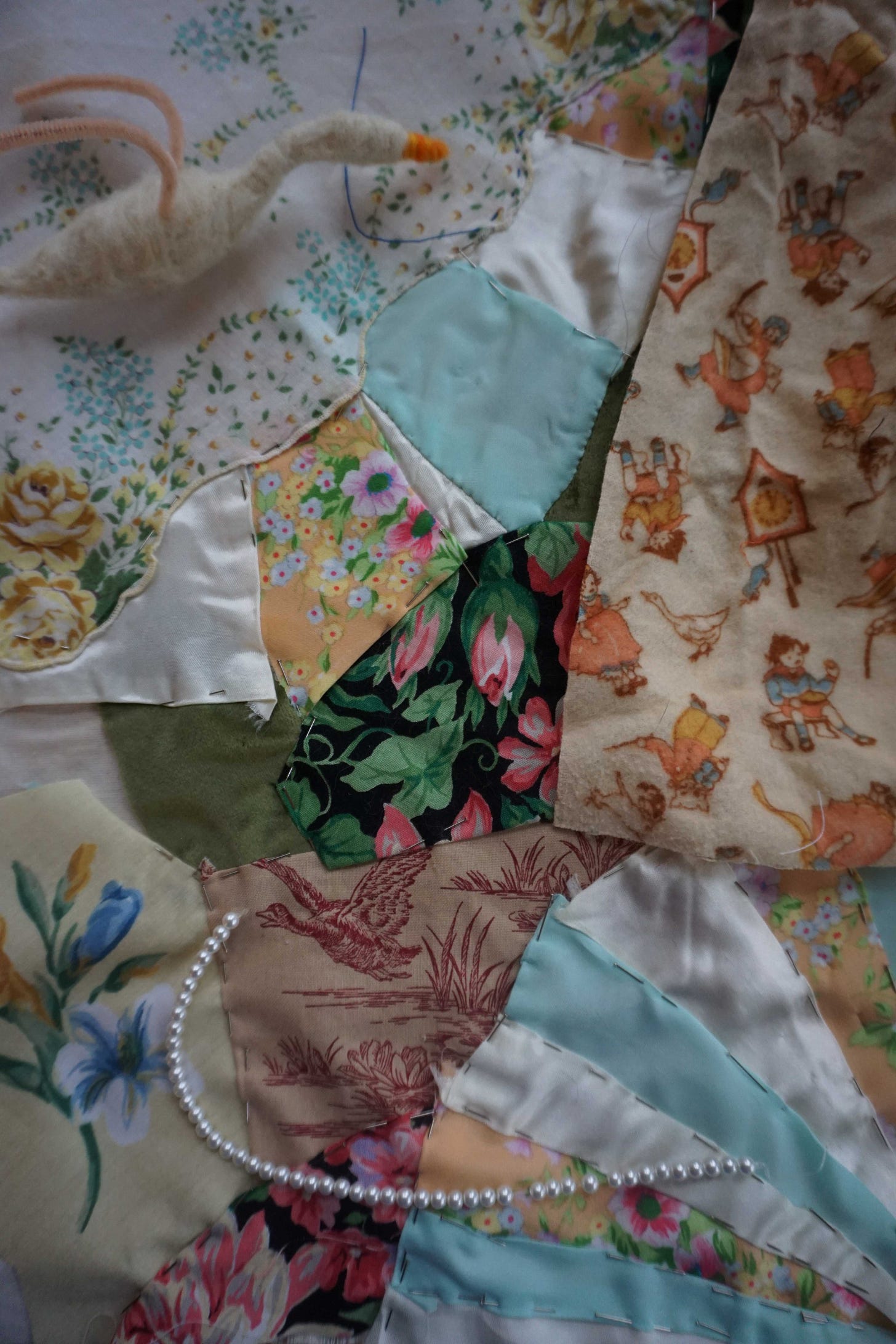
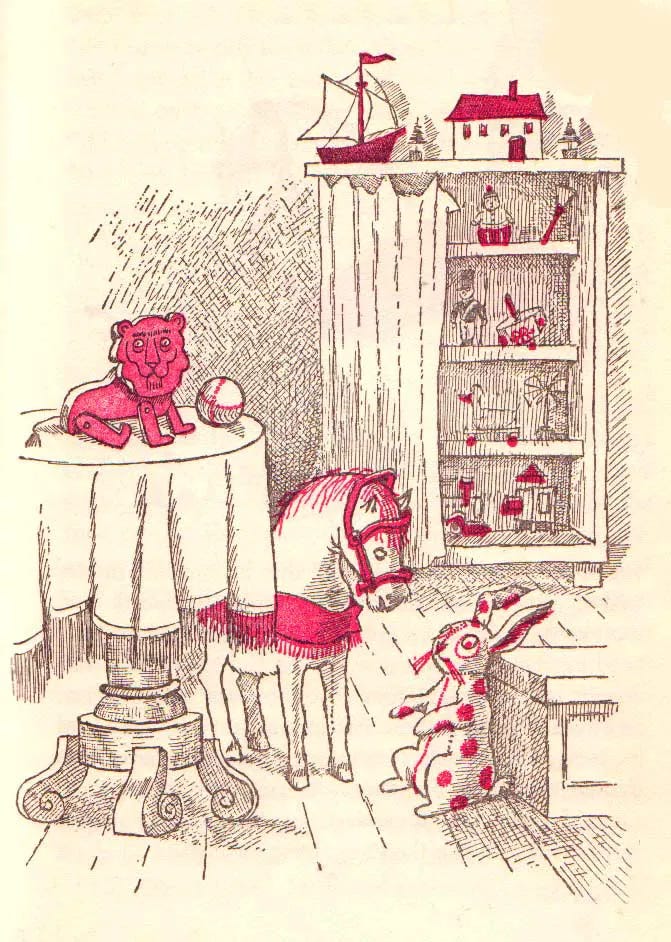

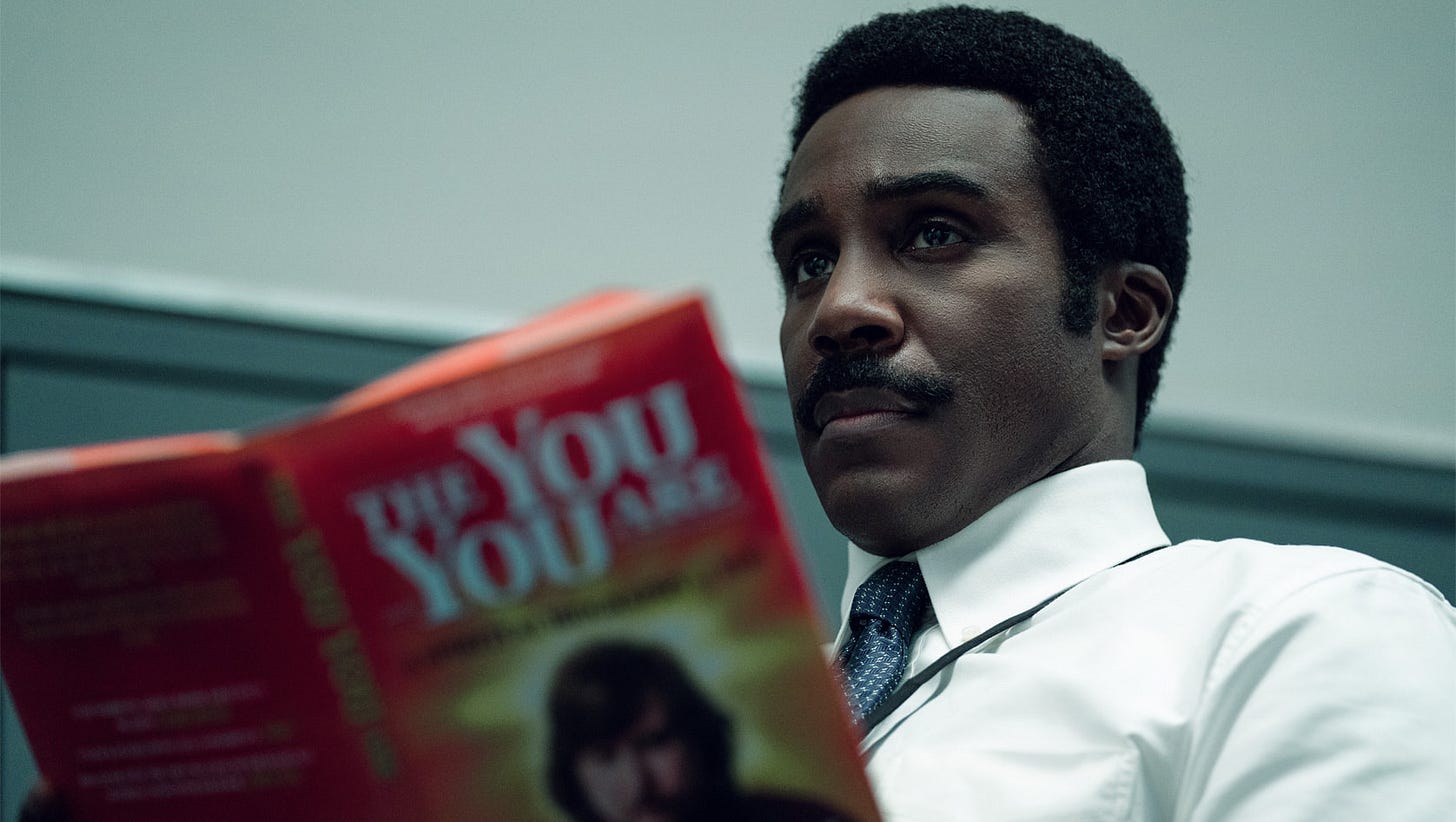
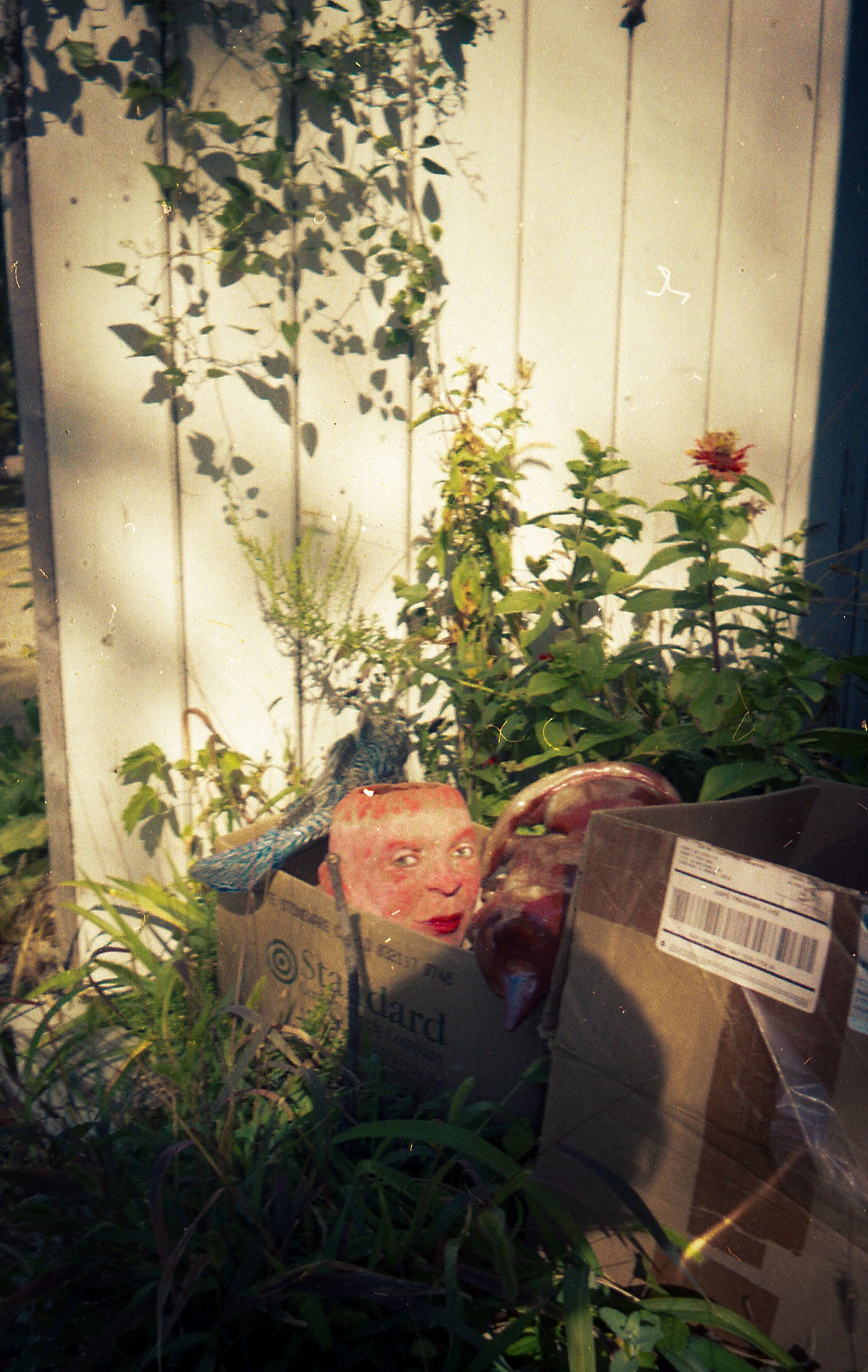
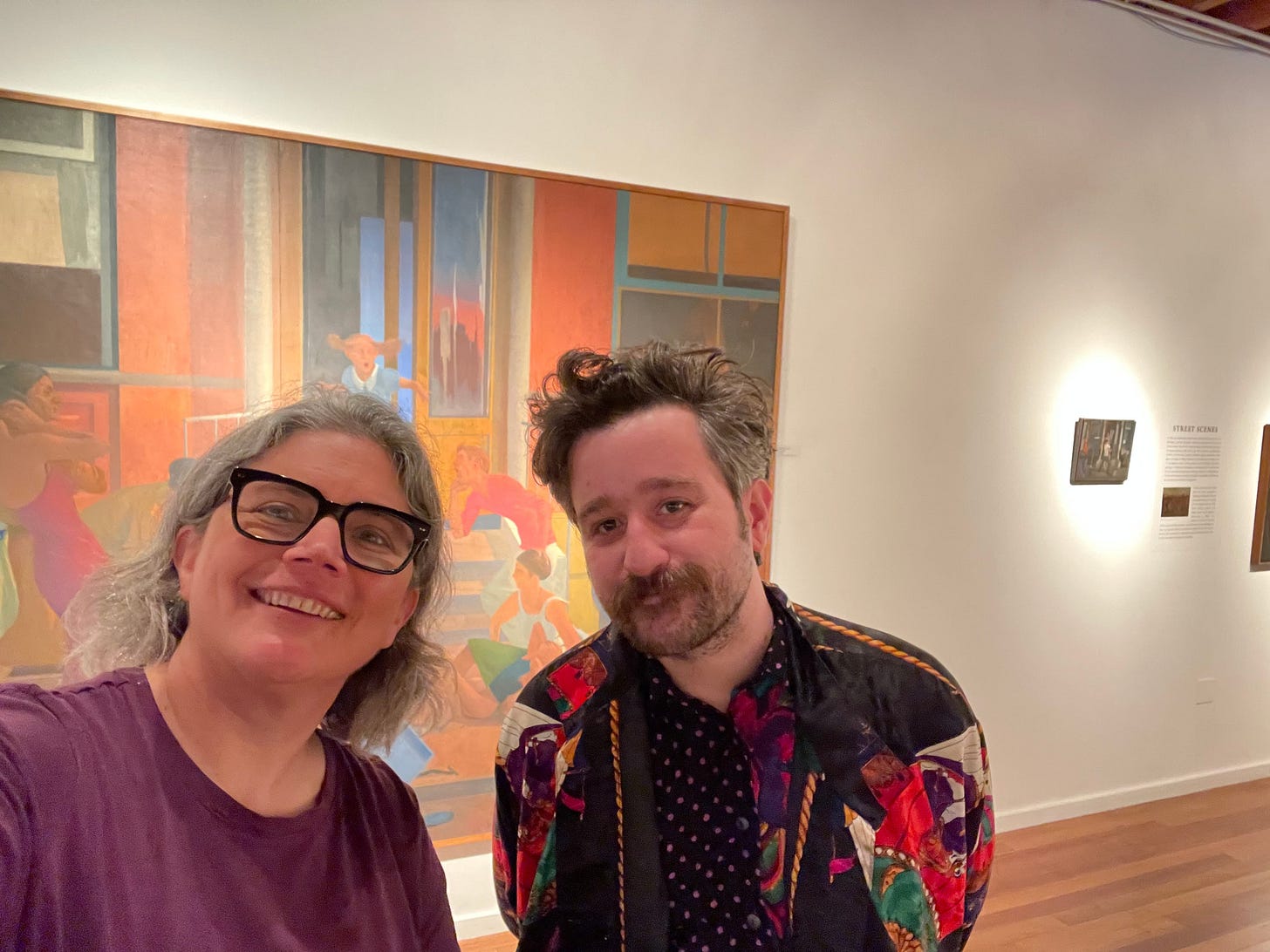
Mate, middle age is the Realest age yet, though I expect Old age will be even Realer
That photo of the trash with a head peeping out🔥